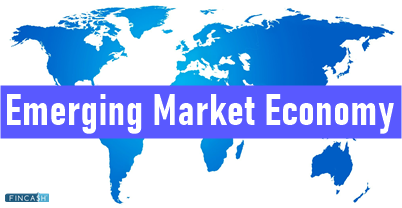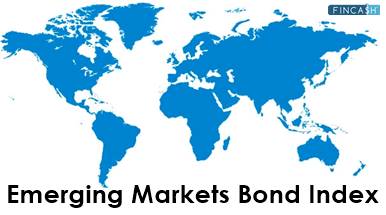
Table of Contents
Defining Emerging Market Economy
The characteristics of an emerging Market Economy defines it as the economy of the nation that continues developing to becoming more advanced. It helps in generating lower to middle per capita Income. The overall scope of the emerging market economy continues expanding due to higher production levels and major Industrialization. Emerging market economies are known to make up around 80 percent of the population of the world along with 70 percent of the GDP growth of the world. Currently, such economies include India, Brazil, Mexico, Pakistan, Russia, Saudi Arabia, and China.

Nations that feature the emerging market economy tend to Range in the overall size -like Morocco versus India. While both nations tend to differ significantly in terms of the population and GDP, they remain in the middle when it comes to developing the respective economies as well as advancing towards Globalization of economies.
Characteristics of Emerging Markets
Below-mentioned are the following features of emerging markets:
1. Rapid Growth
The overall Economic Growth of nations featuring the emerging market economy usually grow by around 6 to 7 percent on an annual level. On the other hand, nations featuring a well-developed economy only have growth rates below 3 percent. Due to this, the respective GDP growth rates for economies featuring emerging nations outperform the one in a developed nation.
2. Improved Productivity
Intensive labor is characterized with the help of reduced costs. This can help in stimulating production and increasing employment levels. Therefore, developed nations set up a preference for building Manufacturing factories and engaging in outsourcing for leveraging low-cost labor. Due to this, emerging markets can look forward to increasing the overall international presence and improving their exports to other nations.
Talk to our investment specialist
3. Increased Middle Class
Economic improvements in the nation can lift individuals out of poverty. This will shift them into the category of middle class. As nations continue increasing the productivity levels while making use of extra income streams, it offers individuals with a better standard of living. This allows them to get additional access to educational opportunities along with enjoying improved infrastructure and better technology.
4. Volatility and Instability
Emerging nations remain vulnerable to changes. This is because their economies tend to continue developing. They remain especially susceptible to major financial changes in Inflation, currency, and interest rates. Particularly, they remain impacted by fluctuations in commodity pricing.
5. Transitioning from the Closed Economy to Open Economy
Developing nations tend to run a closed form of economy. This is because they primarily tend to focus on the local agricultural market. As nations continue working towards economic development, they will look forward to engaging in international trade for stimulating economic activity.
Conclusion
Emerging market economies in rising nations are crucial in driving the overall economic growth. Currently, such nations are generating over 50 percent of the total economic growth in the world. By the time of 2050, it is estimated that the leading economies are going to be the United States, India, and China.
All efforts have been made to ensure the information provided here is accurate. However, no guarantees are made regarding correctness of data. Please verify with scheme information document before making any investment.











